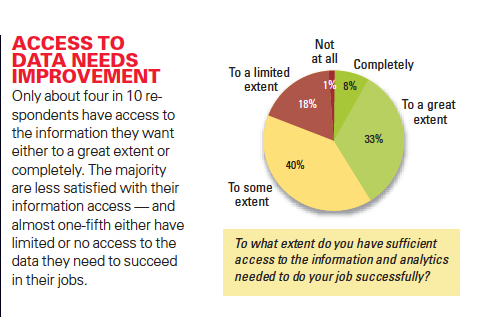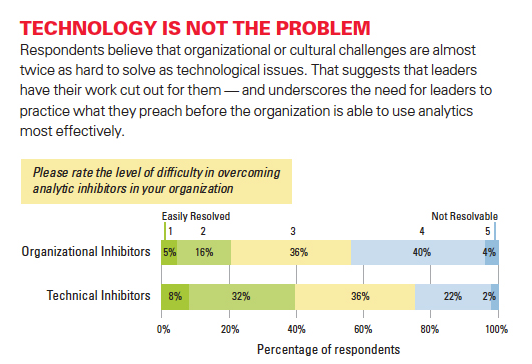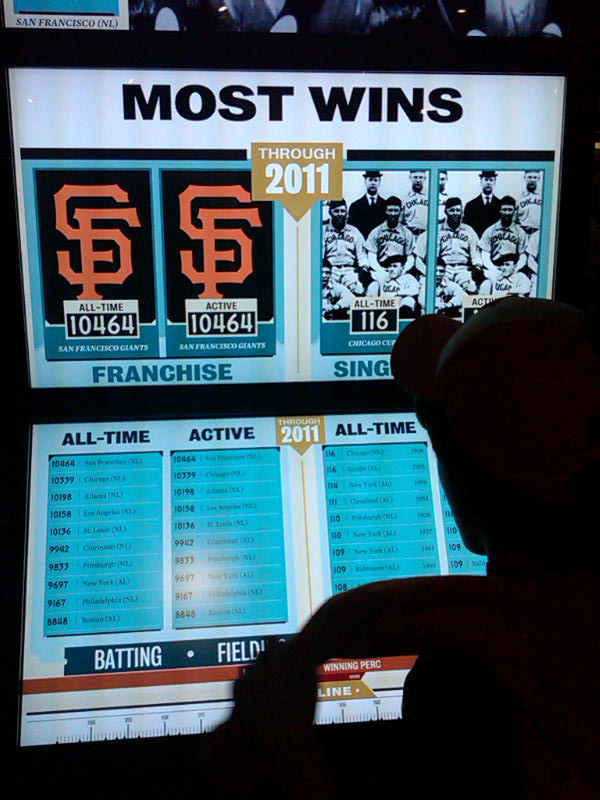Before You Know You Want One
Did you catch this fantastic piece from the New York Times last week - 'How Companies Learn Your Secrets', an inside look at how the major retailer Target has combined it's extensive data collection efforts with insight into shopper's tendencies and habits in order to better tailor promotions and outreach efforts, and match them more accurately with with what products that shoppers are likely to want? The focus of the Times article was Target's work around using data and analytics to attempt to predict which shoppers might be pregnant, and with that knowledge, send them more focused ads and offers for things like prenatal vitamins and maternity clothing. 
It is an incredibly interesting piece, and I'd encourage everyone to read it, as it offers not just a peek behind the curtain at a multi-billion dollar merchandising machine, but also suggests other ways that the ability to capture, analyze, interpret, and make actionable copious amounts of data presents an area of opportunity for organizations and disciplines of all kinds. A quick read provides three important takeaways from the piece that are worth remembering:
1. Timing is everything. From the Times:
Consumers going through major life events often don’t notice, or care, that their shopping habits have shifted, but retailers notice, and they care quite a bit. At those unique moments, Andreasen wrote, customers are “vulnerable to intervention by marketers.” In other words, a precisely timed advertisement, sent to a recent divorcee or new homebuyer, can change someone’s shopping patterns for years.
2. If you're not thinking about how to manage and derive value out of all this data, you might be already a step behind your competition.
Almost every major retailer, from grocery chains to investment banks to the U.S. Postal Service, has a “predictive analytics” department devoted to understanding not just consumers’ shopping habits but also their personal habits, so as to more efficiently market to them. “But Target has always been one of the smartest at this,” says Eric Siegel, a consultant and the chairman of a conference called Predictive Analytics World. “We’re living through a golden age of behavioral research. It’s amazing how much we can figure out about how people think now.”
3. But having all this data, and ability to extract meaning and opportunity from the data, doesn't absolve an organization of thinking hard about how it has collected the data, and the expectations and possible reactions of the consumers, (or candidates), about how the data is used.
At which point someone asked an important question: How are women going to react when they figure out how much Target knows?
“If we send someone a catalog and say, ‘Congratulations on your first child!’ and they’ve never told us they’re pregnant, that’s going to make some people uncomfortable,” Pole told me. “We are very conservative about compliance with all privacy laws. But even if you’re following the law, you can do things where people get queasy.”
Is there an equivalent or at least approximate set of takeaways for the HR and Talent professional?
Definitely. Hitting a top performer with a high-profile and challenging assignment before they drop their two-weeks on your desk, understanding where the next set of company stars and leaders are likely to come from based on your assessment of the data on the current team, while making sure the data you're digging up on employee, candidates, and competitors doesn't make you too uncomfortable are all applicable takes from the Times story on Target.
It's all Predictive Analytics these days. Maybe you need a refresher course.
It's only the next big thing if you've never thought about it much. Then it might be the latest thing you just missed.

 Steve
Steve


